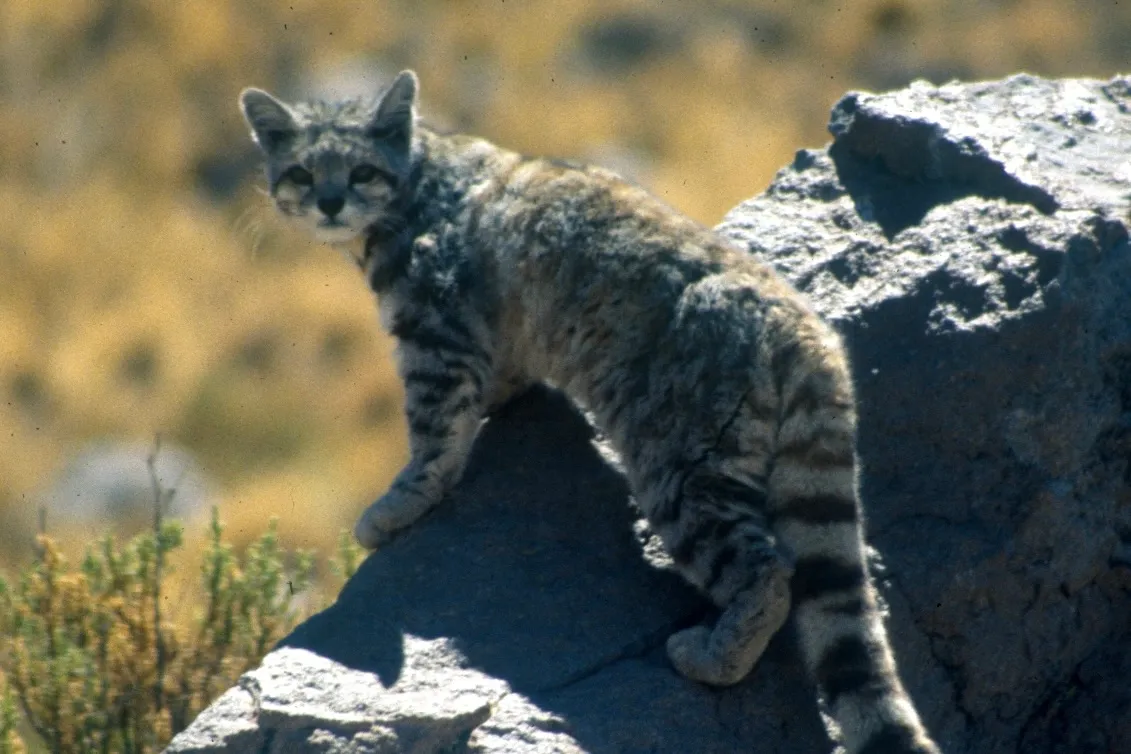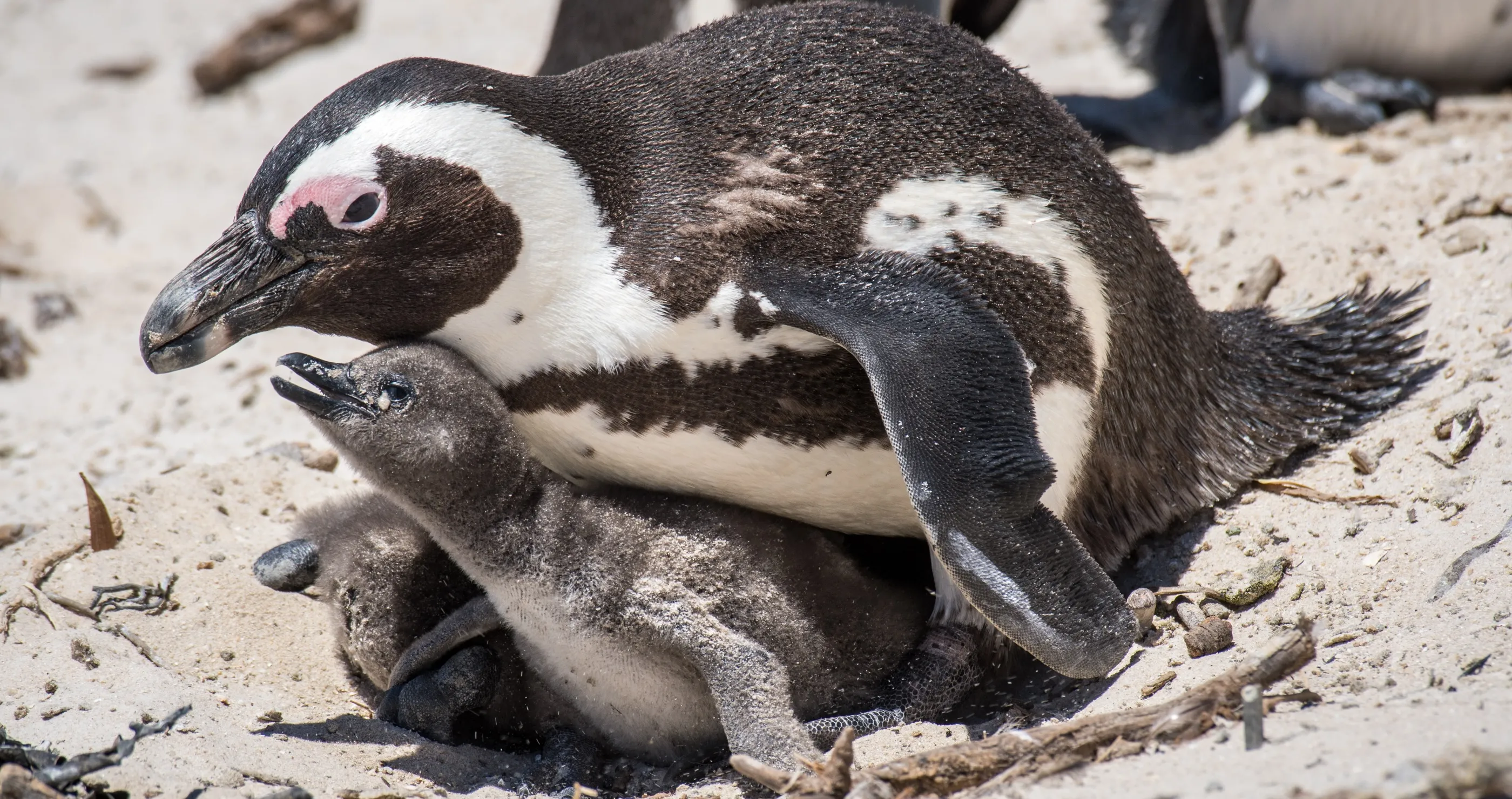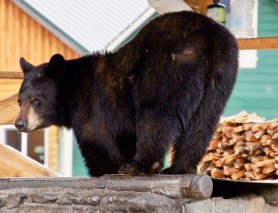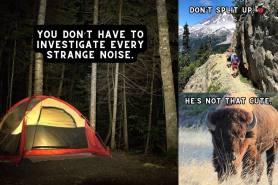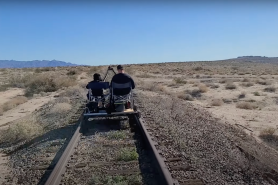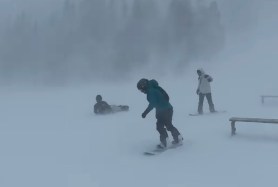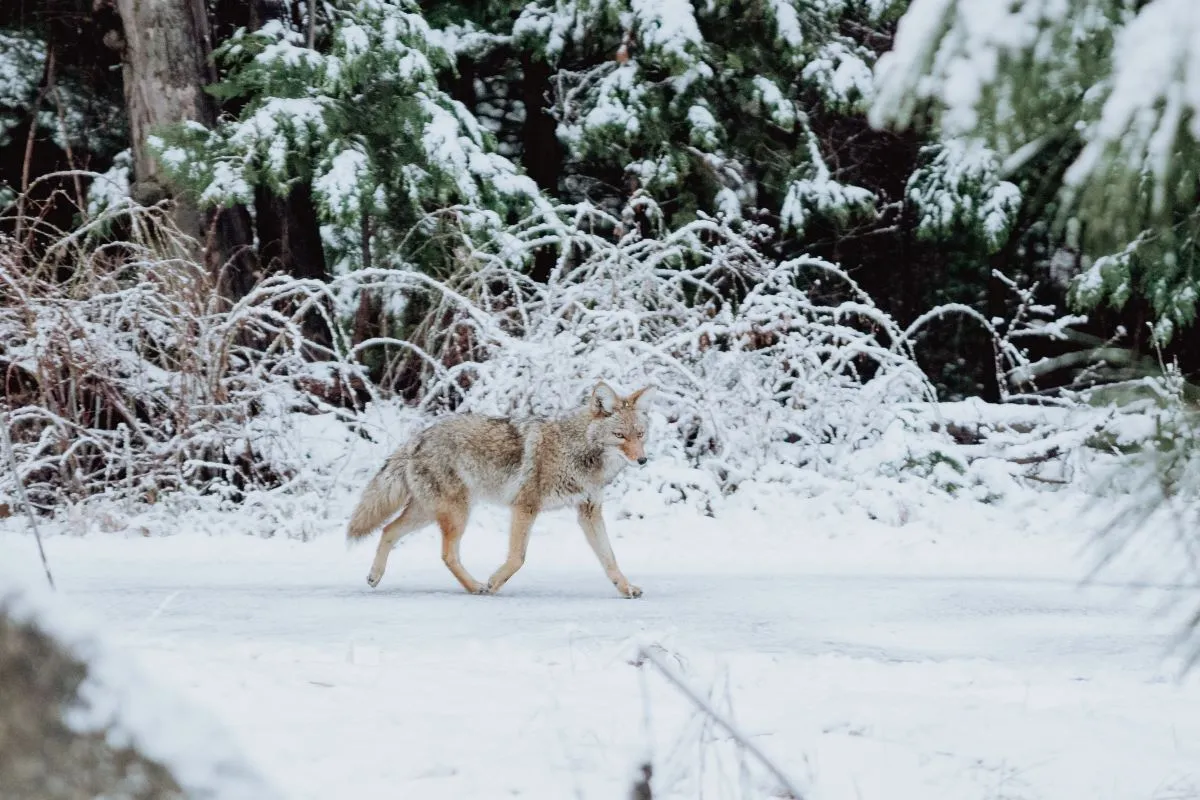

The official tourism organization for British Columbia shared an insight into one of the province’s most unique places for wildlife. In the video, wolves wander through a picturesque snowy scene in Fort Nelson, British Columbia.
Videos by Outdoors
This part of Canada is often described as the “Serengeti of the North” and forms part of the Northern Rockies. In the northeastern corner of B.C., this far-flung area is filled with fascinating wildlife.
It can be found on the Alaska Highway 97, a stretch of road that traverses for miles through some epic scenery and wilderness.
According to Destination British Columbia’s website, the area is “fast becoming known as an eco-adventure destination, offering the true outdoor enthusiast some of the most pristine areas in this part of the province”. In December 2022, the area experienced a low temperature record of -46 degrees Fahrenheit (43 degrees Celsius).
What Animals Live in Fort Nelson, British Columbia?
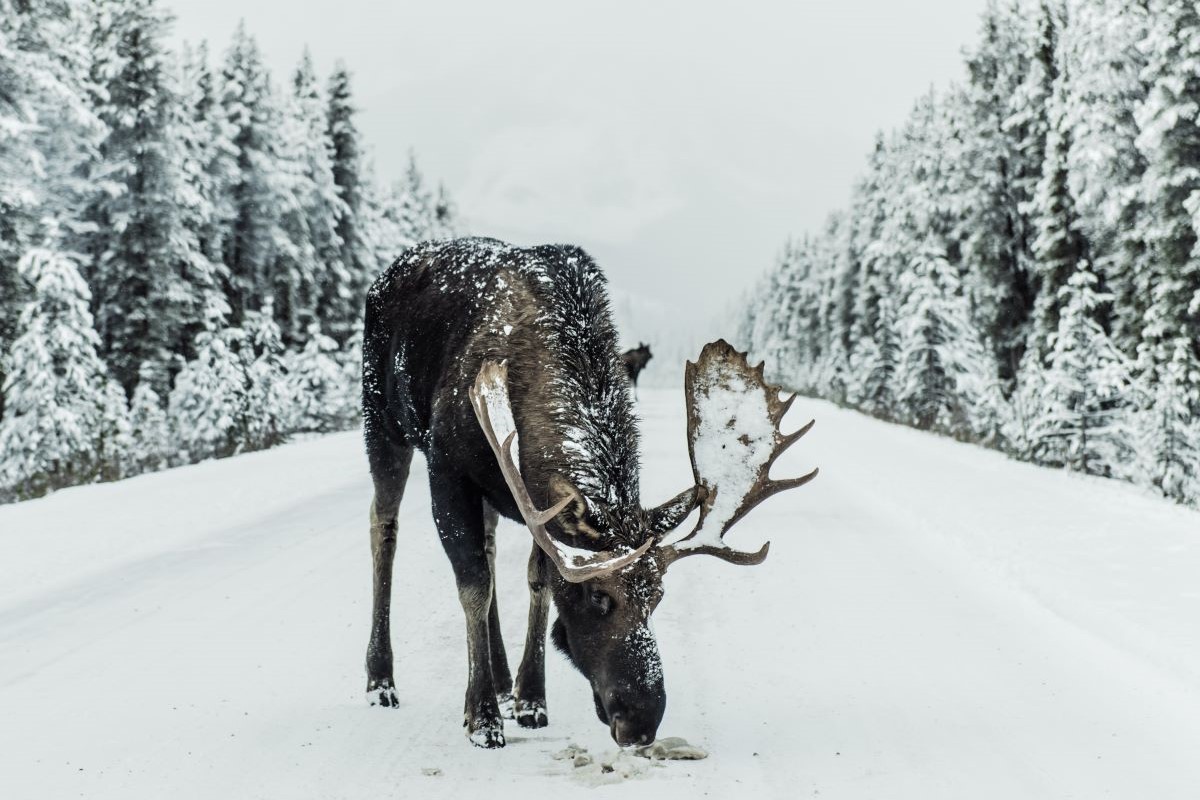
A huge variety of hardy animals, from large to small, call this part of Canada home. The black bear, wood bison, moose, elk, and caribou are perhaps the most sought-after sightings, and these animals live in several parts of mountainous British Columbia.
Stone sheep, mountain goats, lynx, and wolves are some other species you might be likely to see, even in the coldest of conditions.
Where Can You See Wildlife in Northern British Columbia?
Wildlife roams freely in this corner of the world, with vast open landscapes to explore. You might even be able to catch a glimpse of something while driving along the road.
There are several places to stop along the Alaska Highway, such as Stone Mountain Provincial Park and Muncho Lake Provincial Park, which offer you the chance to wander trails and potentially see some wildlife along the way.
For those who truly want to experience the area, the Muskwa-Kechika is an expanse approximately the size of Ireland. It is a protected area for wildlife and offers diverse landscapes for several species to thrive. You can do expeditions through this amazing habitat and even explore for miles on horseback.
